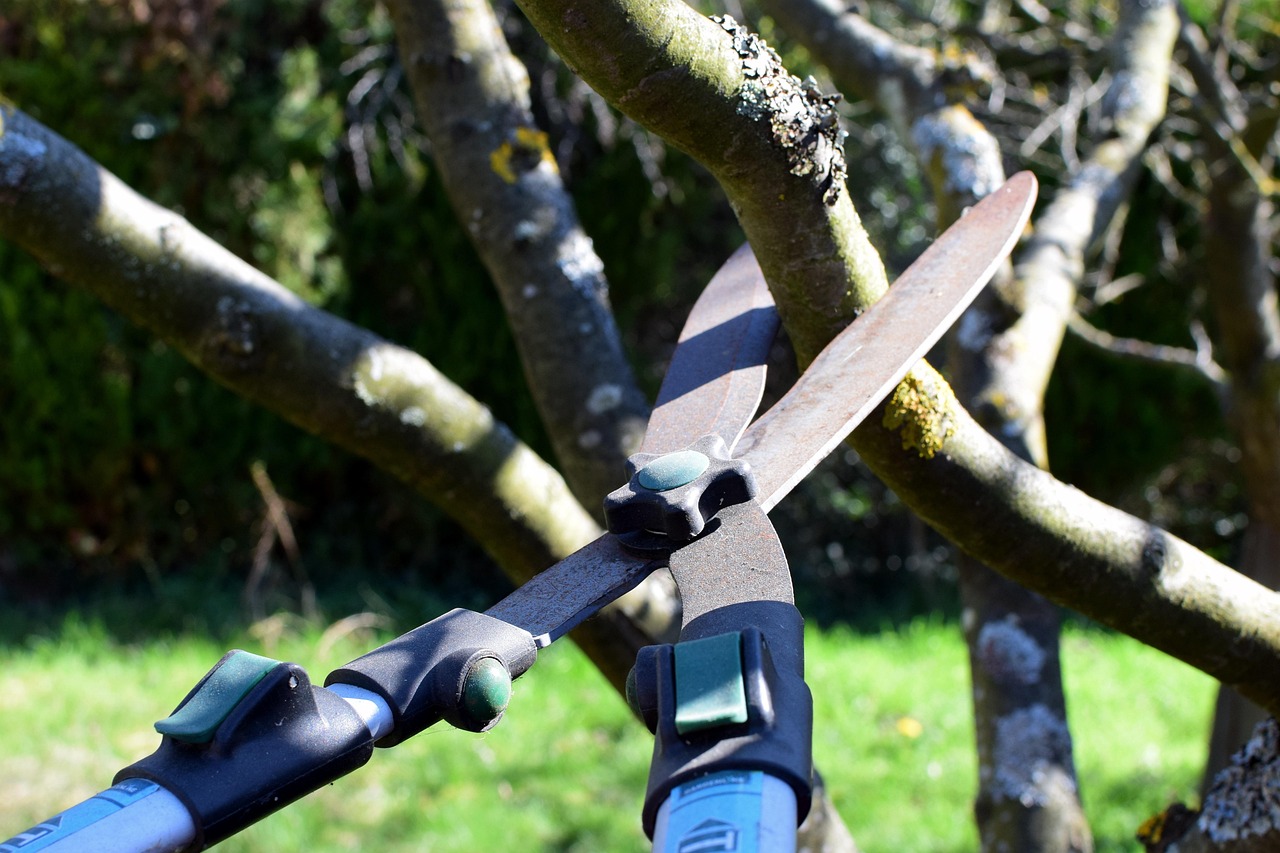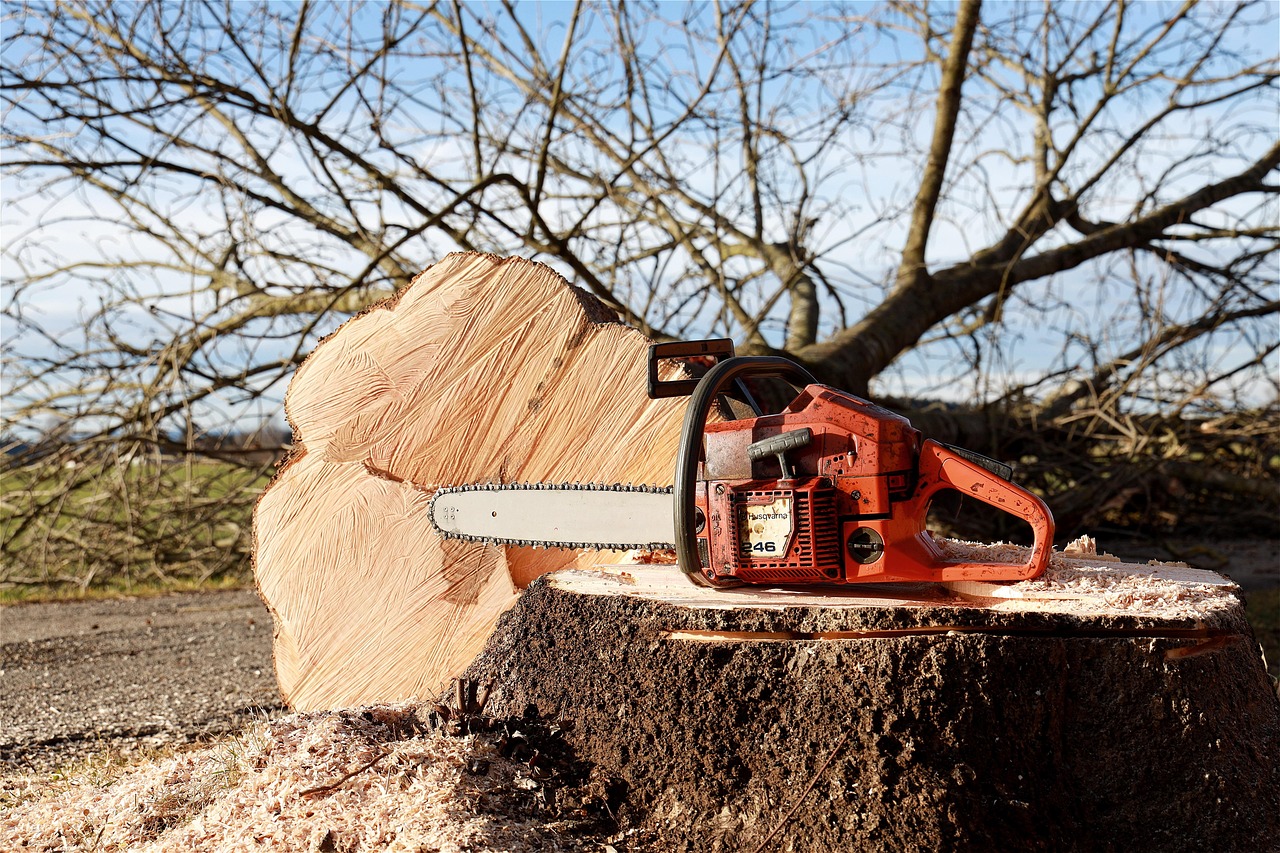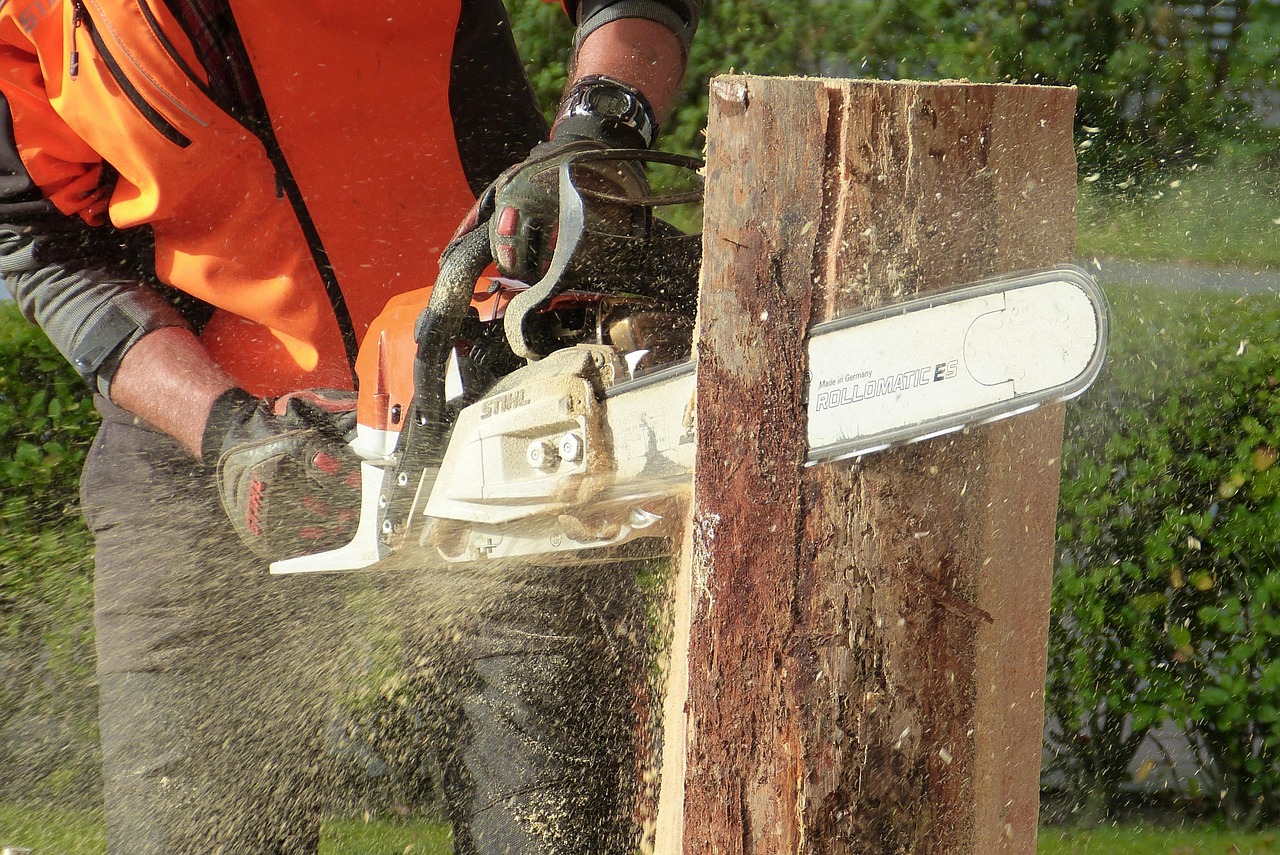Tree pruning laws and regulations in urban areas vary by location but generally aim to promote public safety, protect property, and maintain healthy tree canopies. Many cities require permits for certain types of pruning, especially for large or protected trees.
Urban areas face unique challenges when it comes to tree management. Trees provide numerous benefits, such as improving air quality, enhancing aesthetics, and offering shade. However, improper pruning can lead to safety hazards and damage to property. As a result, local governments often establish laws and regulations to ensure trees are maintained properly.

Understanding tree pruning regulations is essential for homeowners, landscapers, and urban planners. These regulations help protect both the trees and the community. Violating these laws may lead to fines or the requirement to restore improperly pruned trees. Therefore, it is crucial to be informed about the specific rules in your area.
Importance of Tree Pruning Regulations
Tree pruning regulations serve several important purposes in urban environments. They help maintain the health of trees, protect public safety, and preserve the urban ecosystem. The following points highlight why these regulations are significant:
- Public Safety: Overgrown or improperly pruned trees can pose hazards. Branches may fall during storms or interfere with power lines, leading to accidents.
- Tree Health: Proper pruning techniques promote healthy growth. Regulations often dictate when and how trees should be pruned to avoid stress and disease.
- Aesthetic Value: Well-maintained trees enhance the beauty of urban landscapes. Regulations help ensure that trees are pruned in a way that maintains their natural shape.
- Environmental Benefits: Trees play a crucial role in reducing pollution and providing oxygen. Preserving their health through proper pruning is essential for urban ecology.
Local authorities often create specific guidelines tailored to the needs of their communities. These guidelines can vary widely depending on factors such as climate, tree species, and urban density. Understanding these factors can help residents comply with local laws while contributing to a healthier urban forest.

Common Regulations Surrounding Tree Pruning
While tree pruning laws differ from city to city, certain common regulations often exist across many urban areas. Below are some typical regulations that residents should be aware of:
| Regulation Type | Description |
|---|---|
| Permit Requirements | Many cities require a permit for pruning trees over a certain height or diameter. |
| Protected Species | Some trees are classified as protected species, requiring special permissions for any pruning activities. |
| Timing Restrictions | Certain times of the year are designated for pruning to minimize stress on trees and protect wildlife. |
| Professional Pruning | Some areas mandate that only certified arborists can perform significant pruning work on public or large trees. |
It is essential for residents to familiarize themselves with local ordinances that govern tree care. Checking with local government websites or contacting municipal offices can provide clarity on specific requirements. By doing so, homeowners can avoid penalties and contribute positively to their community’s green spaces.
The Role of Local Governments
Local governments play a vital role in enforcing tree pruning regulations. They create policies based on environmental assessments, public safety needs, and community input. These policies can include:

- Tree Canopy Goals: Many cities have goals related to expanding or maintaining their tree canopy. Pruning regulations support these goals by ensuring healthy growth.
- Community Education: Local governments often provide resources and workshops to educate residents about proper tree care and the importance of compliance with regulations.
- Inspection Programs: Some municipalities conduct regular inspections of public and private trees to ensure compliance with pruning laws.
The collaboration between cities and residents is essential for fostering a healthy urban forest. When residents understand and adhere to local regulations, they help create safer and more attractive neighborhoods.
In summary, tree pruning laws and regulations in urban areas are designed to protect both people and trees. By understanding these rules, individuals can make informed decisions about tree care in their communities. This knowledge not only helps maintain the health of urban forests but also enhances the overall quality of life in urban settings.
Understanding Tree Pruning Techniques
To comply with tree pruning regulations, it is essential to understand various pruning techniques. These methods not only help in maintaining tree health but also align with legal requirements. Proper pruning can promote growth, prevent disease, and enhance the tree’s structural integrity.

Common Pruning Techniques
Here are several commonly used pruning techniques that homeowners and arborists might employ:
- Thinning: This method involves removing selected branches to improve light penetration and air circulation. Thinning helps reduce the weight of the canopy and minimizes the risk of branch failure.
- Raising: Raising involves removing lower branches to provide clearance for pedestrians and vehicles. This technique is often necessary near sidewalks or roadways.
- Reduction: This technique reduces the size of a tree while maintaining its natural shape. Reduction is often performed on trees that are too large for their surroundings.
- Cleaning: Cleaning refers to the removal of dead, damaged, or diseased branches. Regular cleaning helps prevent the spread of disease and promotes overall tree health.
Using the correct pruning technique is crucial for adhering to local laws and promoting the well-being of urban trees. Each technique serves a specific purpose and must be employed thoughtfully to avoid harming the tree.
Permitting Process for Tree Pruning
In many urban areas, residents must obtain a permit before pruning certain trees. The permitting process can vary significantly depending on local regulations. Understanding this process is essential for compliance.
Steps in Obtaining a Pruning Permit
- Research Local Regulations: Begin by checking with your city or town’s forestry department for specific pruning regulations. Some municipalities have online resources that outline the process.
- Identify Tree Species: Determine whether the tree in question is protected or requires special consideration. Some cities have lists of protected species that require additional permissions.
- Complete Necessary Forms: Fill out any required permit applications accurately. Provide details about the type of pruning you plan to undertake.
- Submit Your Application: Submit your application to the appropriate department, either in person or online. Ensure you include all required documentation.
- Await Approval: After submission, wait for the approval from local authorities. This may take several days to weeks, depending on your locality’s procedures.
Failure to obtain a required permit can lead to fines and penalties. Therefore, it is crucial to follow these steps carefully to ensure compliance with local laws.
Tree Preservation Ordinances
Many cities have tree preservation ordinances designed to protect specific trees within urban landscapes. These laws aim to maintain biodiversity, enhance urban aesthetics, and mitigate environmental impacts.
Key Features of Tree Preservation Ordinances
Tree preservation ordinances often include the following key features:
- Protected Trees: Some ordinances designate certain species or sizes of trees as protected. These trees may not be pruned without special permission.
- Replacement Requirements: If a protected tree must be removed, ordinances may require that it be replaced with new trees to maintain canopy cover.
- Tree Canopy Goals: Ordinances may set specific goals for maintaining or increasing tree canopy cover within urban areas.
- Public Involvement: Many ordinances encourage public participation in tree management decisions, allowing community members to voice their opinions on tree care practices.
The implementation of these ordinances helps ensure that urban forests can thrive alongside development, promoting ecological health while enhancing community spaces.
The Role of Certified Arborists
Certified arborists play a crucial role in maintaining urban trees and ensuring compliance with pruning regulations. These professionals are trained in proper pruning techniques and tree care practices.
Benefits of Hiring Certified Arborists
- Expert Knowledge: Certified arborists possess extensive knowledge about tree biology and health, allowing them to make informed decisions regarding pruning and care.
- Compliance Assurance: Hiring a certified arborist ensures that all work complies with local regulations and ordinances, reducing the risk of penalties.
- Safety Considerations: Pruning large trees can be dangerous. Certified arborists are trained to work safely at heights and handle equipment properly.
- Long-term Health: An experienced arborist can assess the health of your trees and recommend ongoing care strategies that promote longevity and vitality.
The expertise of certified arborists is invaluable for both compliance with local laws and the overall health of urban trees. Homeowners should consider consulting these professionals for any significant pruning needs.
Enforcement of Tree Pruning Regulations
The enforcement of tree pruning regulations is essential for maintaining community standards and protecting urban forests. Local governments typically have dedicated departments responsible for monitoring compliance.
Methods of Enforcement
Enforcement methods may include:
- Inspections: Regular inspections of public and private properties help ensure adherence to pruning laws. Inspectors may issue warnings or fines if violations are found.
- Community Reporting: Many municipalities encourage residents to report suspected violations. This community involvement helps maintain accountability among property owners.
- Educational Campaigns: Local governments may conduct outreach efforts to educate residents about tree care regulations and their importance, fostering greater compliance.
Through these enforcement mechanisms, cities can protect their urban forests and ensure that residents understand and follow tree pruning laws effectively.
Impact of Urban Development on Tree Pruning Regulations
Urban development significantly influences tree pruning regulations. As cities grow and evolve, the need to balance development with environmental preservation becomes crucial. Understanding how urbanization affects tree management is essential for compliance and sustainability.
Challenges Posed by Urban Development
Urban development introduces several challenges that can complicate tree pruning laws and practices. Key challenges include:
- Space Limitations: In densely populated areas, space for trees can be limited. This often leads to more stringent pruning regulations to ensure safety and visibility.
- Infrastructure Conflicts: Trees may obstruct infrastructure such as power lines, roads, and sidewalks. Pruning regulations must address these conflicts while preserving tree health.
- Increased Pest and Disease Pressure: Urban environments can create conditions conducive to pests and diseases. Pruning laws may need to adapt to mitigate these threats effectively.
- Public Safety Concerns: As more people inhabit urban areas, ensuring public safety becomes a priority. Regulations may evolve to address the risks associated with large or overgrown trees.
The interaction between urban development and tree management necessitates ongoing dialogue between city planners, arborists, and community members to create effective pruning regulations.
The Role of Community in Tree Management
Community involvement is vital in the management of urban trees. Engaging residents in the decision-making process can enhance compliance with pruning regulations and promote a shared sense of responsibility for local green spaces.
Ways Communities Can Get Involved
Here are several ways communities can actively participate in tree management:
- Public Workshops: Local governments can host workshops to educate residents about proper pruning techniques and the importance of tree care.
- Volunteer Programs: Establishing volunteer programs for tree planting and maintenance can foster community pride and responsibility.
- Civic Engagement: Encouraging residents to attend city council meetings can help them voice their opinions on tree management policies and regulations.
- Tree Adoption Programs: Some municipalities offer programs where residents can “adopt” a tree, committing to its care and reporting any issues.
By fostering a sense of community involvement, cities can enhance the effectiveness of their tree pruning regulations and build stronger connections between residents and their urban forests.
Case Studies of Successful Urban Tree Management
Examining successful case studies of urban tree management provides valuable insights into effective practices and regulations. These examples can serve as models for other cities seeking to improve their tree care policies.
Example 1: San Francisco, California
San Francisco has implemented comprehensive tree management strategies that include strict pruning regulations. The city offers public education programs about tree care and enforces a permitting process for pruning protected trees. This approach has led to healthier urban forests and increased community engagement.
Example 2: Melbourne, Australia
Melbourne’s urban forest strategy focuses on enhancing biodiversity while managing tree health. The city has developed a detailed tree inventory that helps track the condition of trees. This data-driven approach allows for better planning of pruning schedules and ensures compliance with local regulations.
Example 3: Toronto, Canada
Toronto’s Urban Forestry program emphasizes public involvement through initiatives such as the “Tree Ambassador” program. This initiative trains volunteers to assist with tree care and maintenance. The city’s effective communication about pruning laws has resulted in higher compliance rates among residents.
These case studies highlight the importance of integrating community involvement, data-driven strategies, and effective regulation enforcement in managing urban trees. Learning from these successes can guide other municipalities in developing their own effective strategies.
The Future of Tree Pruning Regulations
The future of tree pruning regulations will likely continue evolving alongside urban development trends. As cities face new challenges, adaptive management practices will be necessary to ensure the health of urban forests while addressing safety and aesthetic concerns.
Emerging Trends in Tree Management
Several emerging trends may influence the way tree pruning regulations are formulated in the coming years:
- Technology Integration: The use of technology, such as drones and GIS mapping, can enhance monitoring efforts for urban trees. This technology can provide real-time data on tree health and growth patterns.
- Sustainability Initiatives: Increasing awareness of environmental issues may lead to more sustainable practices in urban tree management, including organic pruning methods that minimize chemical use.
- Climate Considerations: As climate change impacts urban environments, regulations may adapt to ensure that trees are resilient against extreme weather conditions.
- Policy Collaboration: Collaboration between different governmental agencies and nonprofit organizations may lead to more comprehensive tree management policies that consider a variety of factors, including social equity.
These trends indicate a shift towards more integrated and sustainable approaches to managing urban trees. As cities continue to evolve, it will be essential for residents, government officials, and arborists to work together in maintaining healthy urban forests.
Challenges in Implementing Tree Pruning Regulations
While there are many benefits to having tree pruning regulations, implementing these laws can be fraught with challenges. Cities often face obstacles that make it difficult to enforce and manage compliance effectively.
Common Challenges
- Limited Resources: Many municipalities operate on tight budgets, which can hinder their ability to enforce pruning regulations. Insufficient staffing for inspections and educational programs can lead to violations going unnoticed.
- Public Awareness: A lack of public knowledge about tree pruning laws can result in unintentional violations. Many residents may not be aware of the specific regulations governing tree care in their area.
- Varied Stakeholder Interests: Conflicts can arise between different stakeholders, such as property developers, conservationists, and community members. Balancing these interests requires careful negotiation and planning.
- Changing Environmental Conditions: Urban environments are dynamic; environmental changes such as disease outbreaks or climate shifts may require frequent updates to regulations, complicating compliance efforts.
Addressing these challenges requires a multi-faceted approach that combines education, community involvement, and adequate resource allocation. By overcoming these obstacles, cities can create a more effective framework for tree pruning regulations.
The Role of Technology in Tree Management
The integration of technology into urban tree management is becoming increasingly important. Innovative tools and platforms are emerging that can assist municipalities in implementing tree pruning regulations and improving overall tree care.
Technological Innovations
- Tree Inventory Software: Advanced software can help cities maintain an accurate inventory of trees, including their species, health status, and pruning history. This data is essential for effective management and compliance tracking.
- Drones and Remote Sensing: Drones equipped with cameras can survey large areas to assess tree health. This technology allows for quick identification of issues such as disease or damage.
- Mobile Applications: Apps designed for citizens can facilitate reporting of tree issues. Residents can easily submit photos and locations of trees needing attention, fostering community engagement.
- Geographic Information Systems (GIS): GIS technology enables cities to analyze spatial data related to trees, helping in planning and decision-making processes regarding urban forestry management.
By adopting these technological solutions, cities can enhance their ability to monitor urban trees, ensure compliance with pruning regulations, and ultimately improve the health of their green spaces.
The Importance of Education and Awareness
Education and awareness are critical components in the successful implementation of tree pruning laws. Ensuring that the community understands the importance of these regulations fosters greater compliance and encourages responsible tree care practices.
Strategies for Increasing Awareness
- Community Workshops: Organizing workshops on proper pruning techniques can help residents learn how to care for their trees while understanding local laws.
- Information Campaigns: Utilizing social media, newsletters, and local events to disseminate information about tree pruning regulations can increase public awareness.
- School Programs: Integrating tree education into local school curricula can instill a sense of responsibility for trees among younger generations.
- Partnerships with Local Organizations: Collaborating with local environmental groups can help amplify educational efforts and reach broader audiences.
Implementing these strategies can significantly improve community knowledge about tree care and the importance of adhering to pruning regulations. An informed public is more likely to engage in responsible practices that benefit urban forestry.
Conclusion
The management of tree pruning laws and regulations in urban areas is a complex but necessary endeavor. As cities continue to grow, it becomes increasingly important to balance development with environmental sustainability. Understanding the significance of tree pruning regulations is essential for residents, city planners, and arborists alike.
The integration of modern technology, community involvement, and educational initiatives will play a vital role in shaping the future of urban tree management. By fostering collaboration among stakeholders and addressing the challenges faced in implementation, cities can promote healthier urban forests that contribute positively to community well-being.
Ultimately, the success of tree pruning regulations hinges on informed citizens who recognize the value of trees in urban landscapes. Through collective efforts, we can ensure that our urban forests thrive for generations to come.
